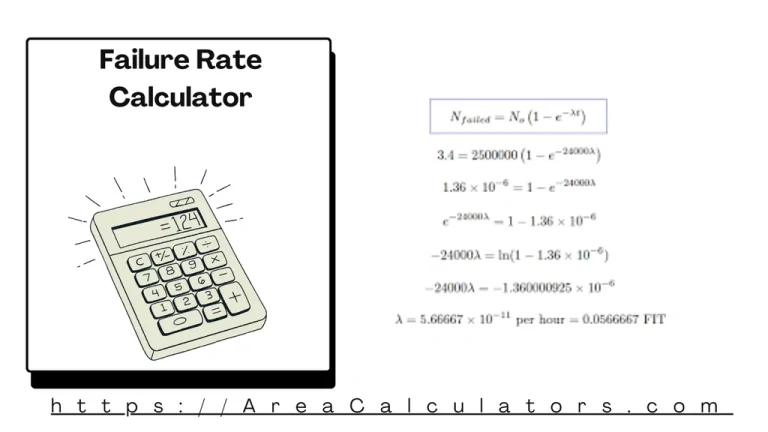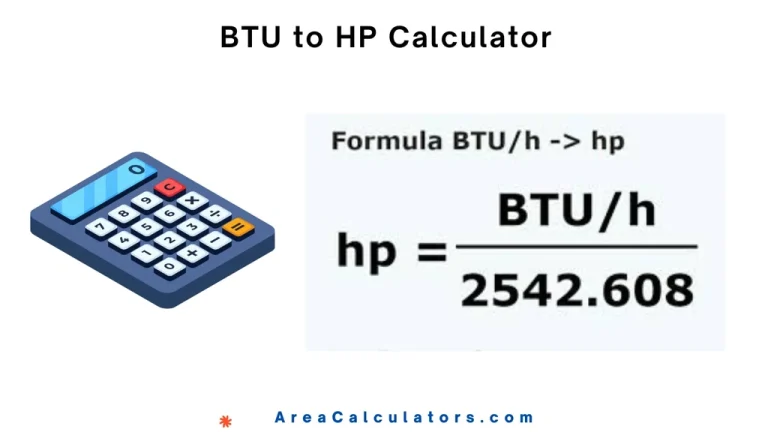Taper Calculator
To calculate the taper, subtract the smaller diameter (ds) from the larger diameter (dl), then divide by the length (L).
The Taper Calculator is here for you to calculate the taper or taper angle. This calculation is of great significance in fields like machining, engineering, and woodworking. In essence, tapering refers to the gradual decrease in diameter along the length of a material or object.
Moreover, this calculation is used to design parts like shafts, cones, or other components with varying diameters. The taper can be calculated either in inches or millimeters, depending on the units used for the material dimensions.
Formula
| Variable | Description |
|---|---|
| T | Taper (rate of change in diameter) |
| dl | Larger diameter |
| ds | Smaller diameter |
| L | Length of the tapered object |
| TA | Taper angle |
Solved Calculations
Example 1:
For instance, if the larger diameter (dl) is 10 inches, the smaller diameter (ds) is 6 inches, and the length (L) is 8 inches, the taper is calculated as:
| Step | Calculation |
|---|---|
| Larger Diameter (dl) | 10 inches |
| Smaller Diameter (ds) | 6 inches |
| Length (L) | 8 inches |
| Taper Calculation | |
| Result | 0.5 |
Answer: The taper is 0.5 inches per unit length.
Example 2:
Similarly, if the larger diameter (dl) is 12 cm, the smaller diameter (ds) is 9 cm, and the length (L) is 4 cm, the taper is calculated as:
| Step | Calculation |
|---|---|
| Larger Diameter (dl) | 12 cm |
| Smaller Diameter (ds) | 9 cm |
| Length (L) | 4 cm |
| Taper Calculation | |
| Result | 0.75 |
Answer: The taper is 0.75 cm per unit length.
What is a Taper Calculator?
The Taper Calculator is an essential engineering related tool. The engineers can use it to determine the taper, or gradual reduction, in the size or shape of an object. It is particularly useful in engineering, construction, and manufacturing for calculating the amount of taper per foot, degree, or inch. The taper calculation helps in designing and manufacturing tapered components, such as tapered shafts, pipes, and beams.
To use the Taper Calculator, you typically input the dimensions of the object, such as the length and the starting and ending diameters. The calculator then applies the taper formula to calculate the taper rate, often expressed in degrees, inches, or feet.
So, whether you need to calculate the taper angle or the taper per foot, this tool provides quick and accurate results, making the design process more efficient.
Final Words:
To conclude, the Taper Calculator is a practical and reliable tool for anyone needing to calculate tapers in various fields, helping ensure precision in manufacturing and design processes.






